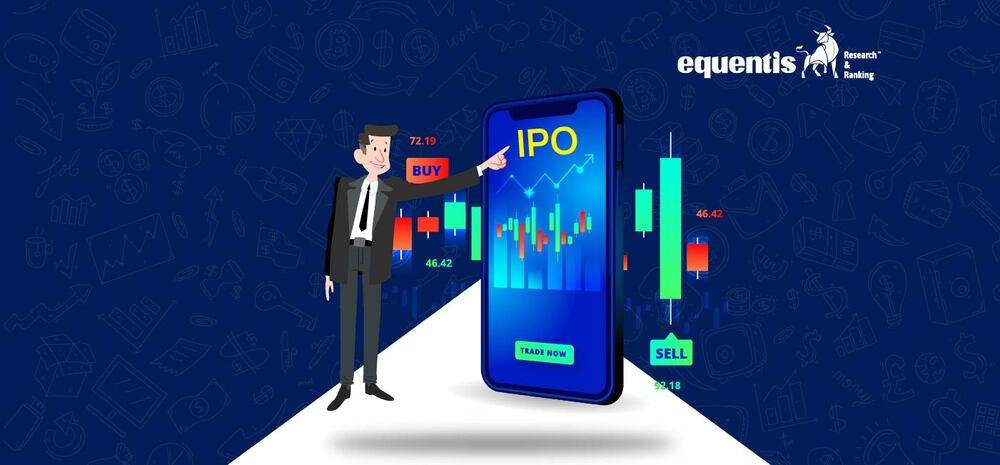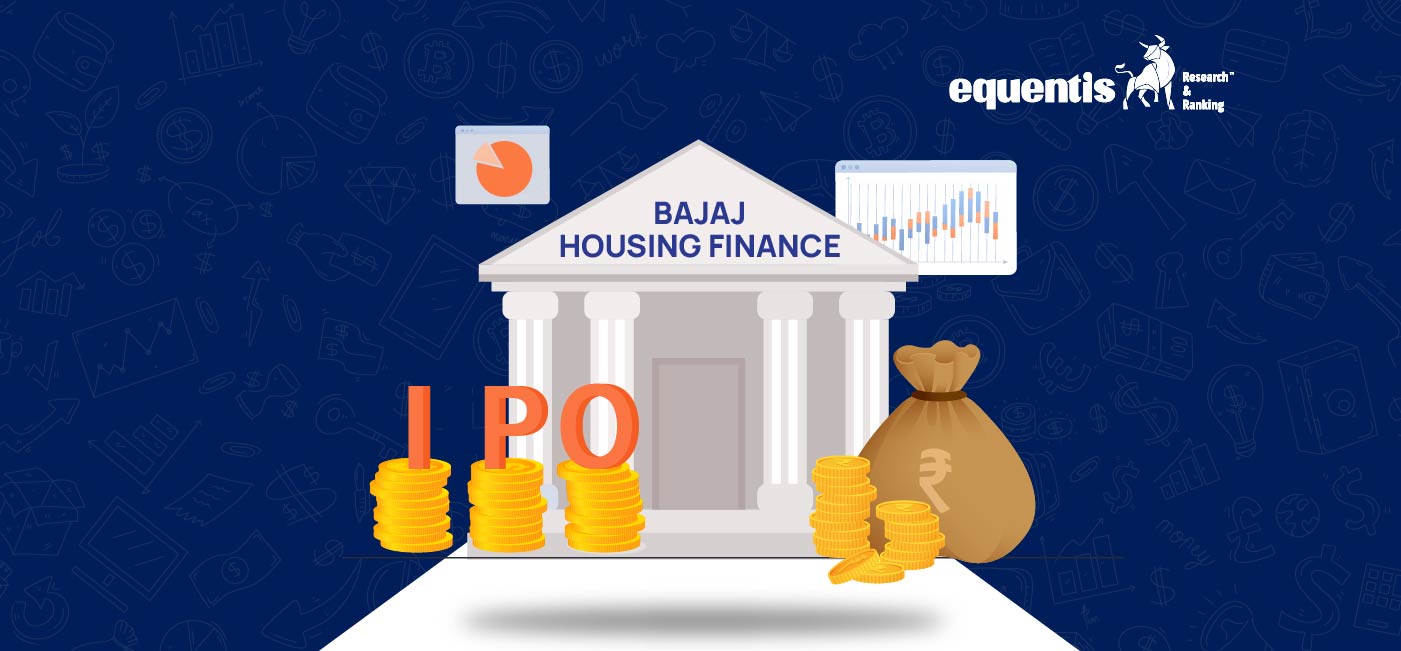Current IPOs
Latest IPOs available for investment
What are current IPOs?
Stay up to date with all new opportunities
IPOs that are open for application are called current ipos. These IPOs are usually open for application for three business days. Keep an eye out for current IPOs if you want to stay updated on new market entrants and investment opportunities and diversify your portfolio.
Get a list of all new IPOs open for subscription here!
Open IPOs
Get all the details here!

Company Name
IPO Date
IPO Size (in Cr.)
Price Band
Lot Size
![]() Unlock Stock of the Month
Unlock Stock of the Month
T&C*
How do IPOs work?
An IPO (Initial Public Offering) is when a private company offers its shares to the public for the first time. Investors can apply to buy these shares during the IPO in the primary market. Once the IPO is complete, the company's shares are listed on stock exchanges, where they can be traded publicly. Companies usually launch an IPO to raise funds for growth and expansion.
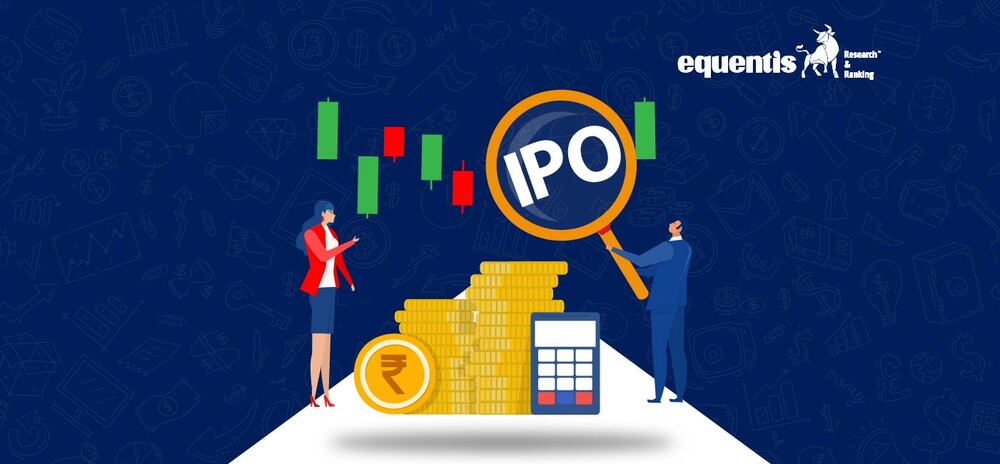 Learn More
Learn MoreHow do you apply for current IPOs?
To participate in an IPO, you first need to open a Demat and trading account. Once your account is set up, check the available IPOs and select the one you wish to invest in. Next, apply through your broker account and confirm your application. After submitting your application, wait for the allotment process to complete. Once the shares are allotted to you, you can begin trading them in the stock market.
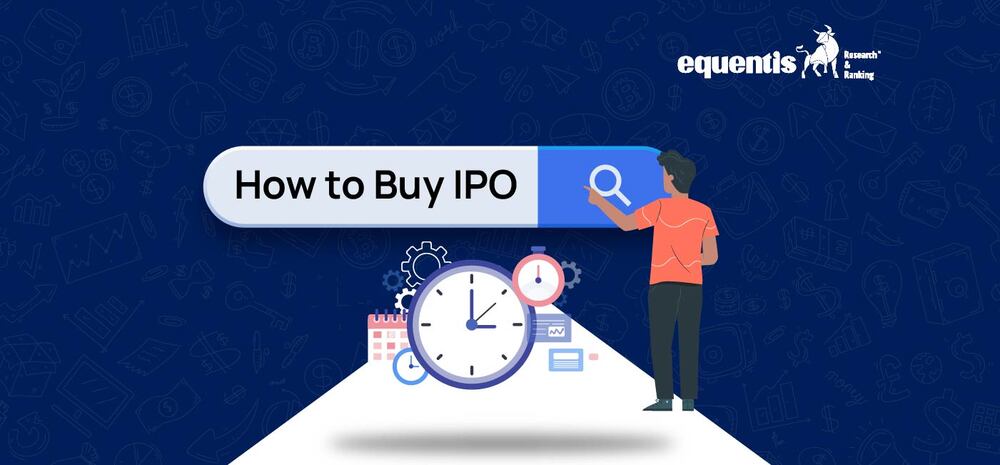 Learn More
Learn MoreWho can invest in current IPOs?
- Retail Investors: Individual investors with a demat account.
- Qualified Institutional Buyers (QIBs): Institutions like mutual funds and insurance companies.
- Foreign Institutional Investors (FIIs): Foreign entities allowed under regulatory norms.
- High Net-Worth Individuals (HNIs): Wealthy individuals with significant financial resources.
- Corporate Entities: Companies investing as part of their strategy.
How to check allotment status of current IPOs?
To check your IPO allotment status, you can visit the registrar's website, such as Link Intime or KFintech, and provide details like your PAN, application number, or DP/client ID to view the results. Alternatively, stock exchanges like NSE or BSE also offer the option to check allotment status by entering the relevant IPO details on their respective pages. You can check the IPO allotment within a week of the IPO closing date. If you’ve been allotted shares, they will automatically reflect in your Demat account on the listing day.
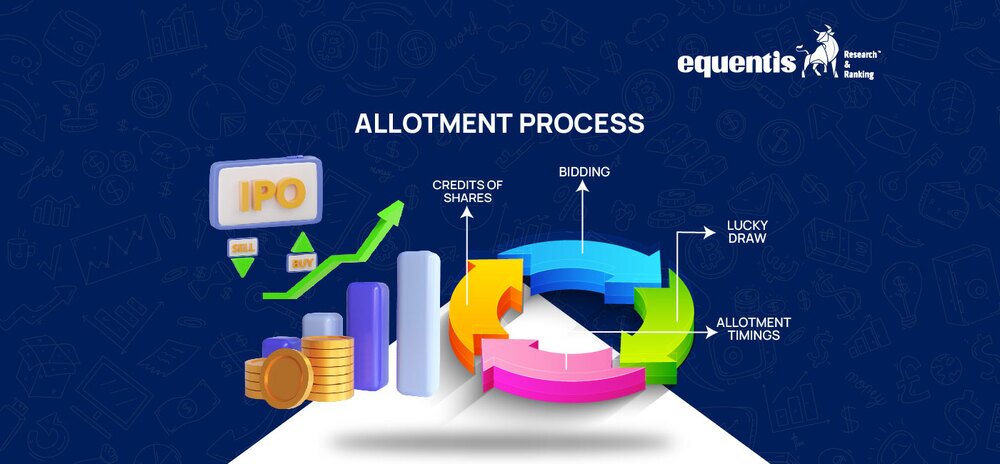 Learn More
Learn MoreIPO reads
Stay updated with the latest IPO developments
More on IPOs
Navigate your way to other IPO resources
Spotlight on new IPOs
Breaking down current IPOs for you!
FAQs on IPOs
Find answers to common questions!
Evaluate the company's financial health, growth prospects, industry trends, and the purpose of the IPO. Analyze the risk factors disclosed in the prospectus.
The lock-up period restricts insiders and early investors from selling their shares immediately after the IPO, stabilizing the stock price and showing confidence in the company's future.
IPO investments are open to the general public, subject to fulfilling the eligibility criteria set by regulatory authorities. Individual investors, institutional investors, and non-resident investors can participate.
An IPO, or Initial Public Offering, is the process through which a private company becomes publicly traded by offering its shares to the general public. It involves issuing new shares to raise capital.
The grey market is an unofficial platform for trading IPO shares before official listing. Prices in the grey market indicate early investor sentiment but don't determine the official listing price.
Distribute your investment across multiple IPOs, keep your KYC details updated, and ensure you have sufficient funds in your account. Avoid last-minute rushes during the application process.
Post-IPO, the company's shares are listed on a stock exchange, and they can be bought and sold by investors on the open market. The stock's performance depends on various market factors and the company's performance.
Most IPO applications are now done online through designated platforms or banks. Follow the application process outlined in the prospectus and ensure you meet eligibility criteria.
Allotment is based on the demand and subscription levels. The process is outlined in the Basis of Allotment document, providing transparency in the allocation process.
Evaluate the company's financial health, growth prospects, industry trends, and the purpose of the IPO. Analyze the risk factors disclosed in the prospectus.
Current IPOs refer to companies that have recently launched or are in the process of launching their initial public offerings. You can check financial news websites or stock exchanges for a list of ongoing IPOs.
To increase your chances of IPO allotment, consider applying through multiple applications, such as using different accounts (family members) or participating through a broker that offers more significant allocations. Applying for less popular or smaller IPOs may also improve your chances.
If an IPO is oversubscribed, it means that demand exceeds the number of shares available. In such cases, shares are allocated proportionally among applicants, and some investors may receive fewer shares than they applied for or none at all.
Yes, you can sell IPO shares immediately after they are listed on the stock exchange, but the price may fluctuate based on market demand and other factors.
The minimum investment amount for an IPO typically depends on the price band set by the company and the stock exchange. You can find this information in the IPO prospectus or on your broker's platform.
The expected market capitalization of a company after its IPO can be calculated by multiplying the IPO price by the total number of outstanding shares post-IPO. This information is usually provided in the IPO prospectus.
The business model details how the company plans to generate revenue and profits. This information can usually be found in the IPO prospectus or the company's official website.
Key risk factors for an IPO are typically outlined in the IPO prospectus and may include market volatility, competition, regulatory risks, and the company's financial performance history.
If you miss the subscription period for an IPO, you will not be able to apply for shares at the initial offering price. However, you can still purchase shares in the secondary market after the IPO is listed.
Most IPOs include a retail portion, which is allocated to individual investors. The specific allocation for retail investors is usually mentioned in the IPO prospectus and can vary by offering.


 The Phoenix Mills Ltd. (PDF)
The Phoenix Mills Ltd. (PDF)
 Trending Sector
Trending Sector Top Losers
Top Losers Adani Ports and SEZ
Adani Ports and SEZ






